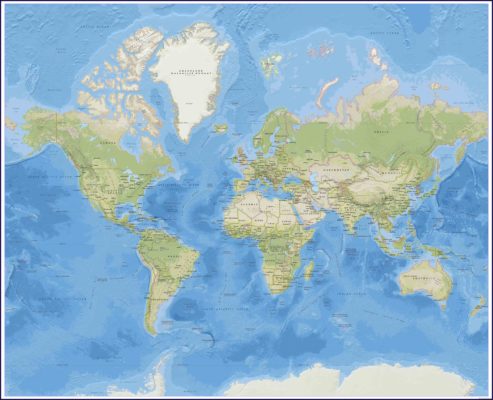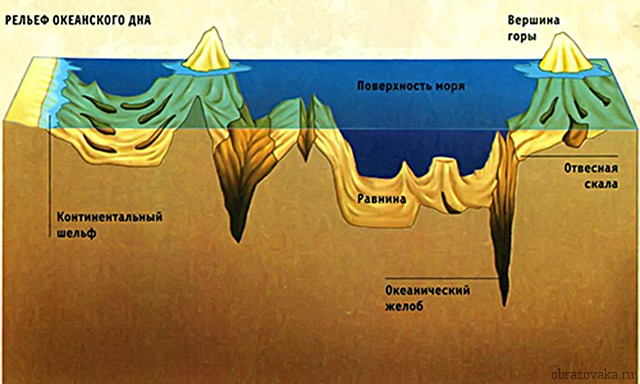When studying our planet, it is very important to know what part of the Earth's surface is occupied by the World Ocean. Its area is truly impressive, because it occupies most of the surface of the globe. From space, it looks as if the Earth is a single body of water, on which continents are located in separate islands.
The volume of the oceans
For the first time the concept of "World Ocean" was introduced at the beginning of the 20th century by the famous Russian oceanologist Yu. M. Shokalsky. It denotes the totality of all the seas, oceans, bays and straits that the planet is so rich in. With the development of technology and in the course of numerous studies, it was found that the area of the World Ocean is 70% of the Earth's surface, that is, 361 million square meters. km.
It should be noted that the distribution of the waters of the World Ocean is uneven, and in percentage terms it looks like this:
- 81% of ocean waters are distributed in the Southern Hemisphere;
- 61% in the Northern Hemisphere.
This unevenness is one of the most important factors in the formation of nature and climate on Earth.

Fig. 1. Map of the World Ocean.
The volume of the Ocean is more than 1300 million cubic meters. km. But if at the same time we take into account the water, which is concentrated in the mud of the ocean floor, then 10% can be safely added to this figure.
Area of four oceans
For a long time, scientists could not come to a consensus on how to divide the oceans into regions and how many oceans exist on the planet. Only in 1953, the International Hydrogeographic Bureau developed a uniform division of the waters of the World Ocean for all, which is still successfully used in practice.
TOP-4 articleswho read along with this
The world's oceans consist of four oceans, each of which has a unique geological structure, features of the continental coastline, bottom topography, currents, natural resources, and many other indicators.
- Pacific Ocean- the largest on the planet, its area occupies almost half of the waters of the World Ocean and is 179 mn. sq. km. Its deepest place is the famous Mariana Trench with a depth of 11 km.
- Atlantic Ocean- the second largest, its area is almost 92 million square meters. km. The maximum depth is 8.7 km. in a gutter called Puerto Rico.
- Indian Ocean- slightly less than the Atlantic - 76 million square meters. km. Its deepest point is the Yavan depression, whose depth reaches 7.7 km.
- Arctic- completes the world's four oceans, its area is slightly less than 15 million square meters. km. The greatest depth is recorded in the Nansen Trench - 5.5 km.

Rice. 2. The Arctic Ocean.
The relief of the ocean floor largely determines the depth of the World Ocean. A relatively shallow continental bank or shelf, which extends for about 200 m, is followed by a continental slope, smoothly turning into a bed. Here the average depth of the World Ocean is 4 km. However, one should not forget about the presence of depressions, which can reach 11 km. in depth.





